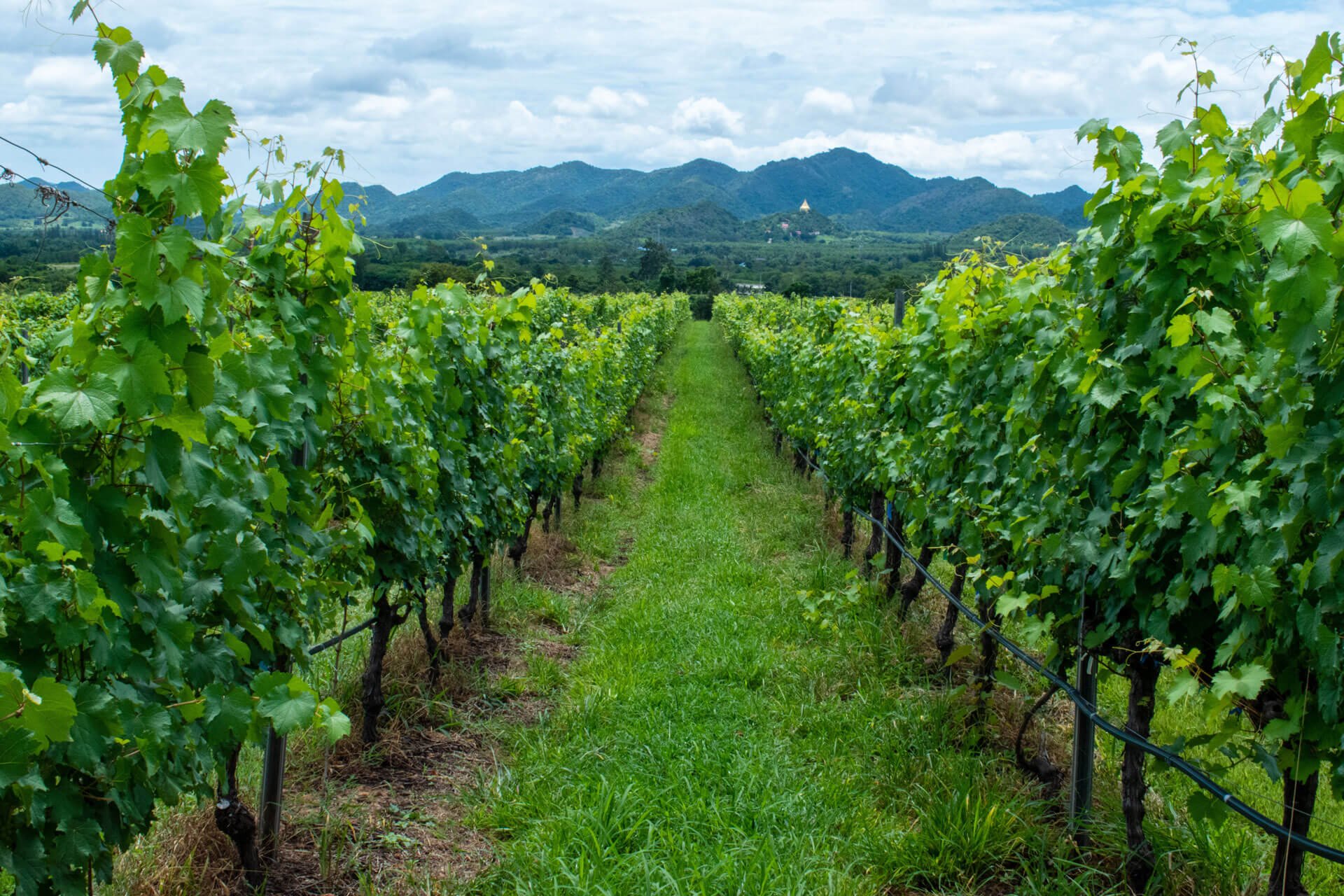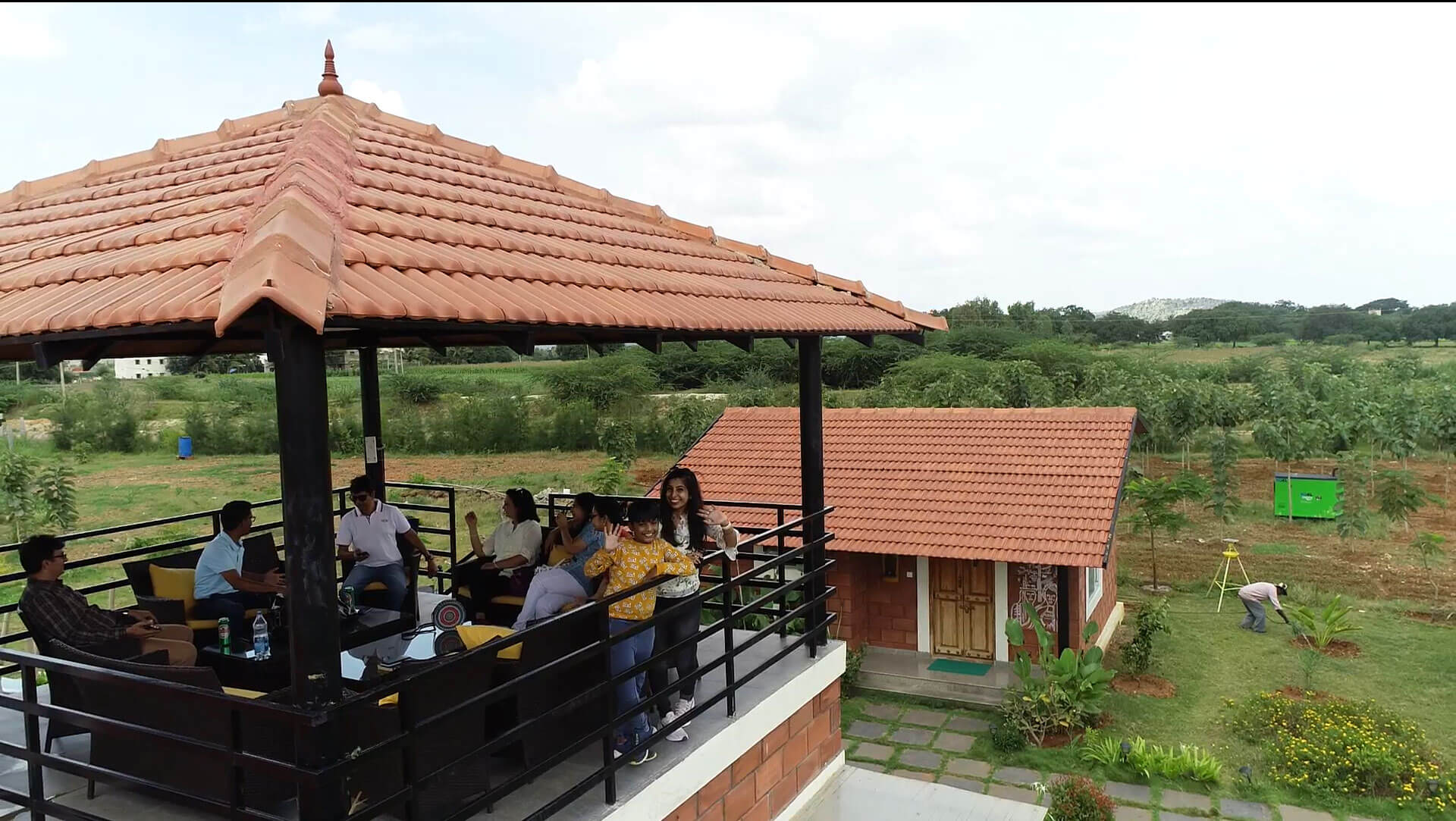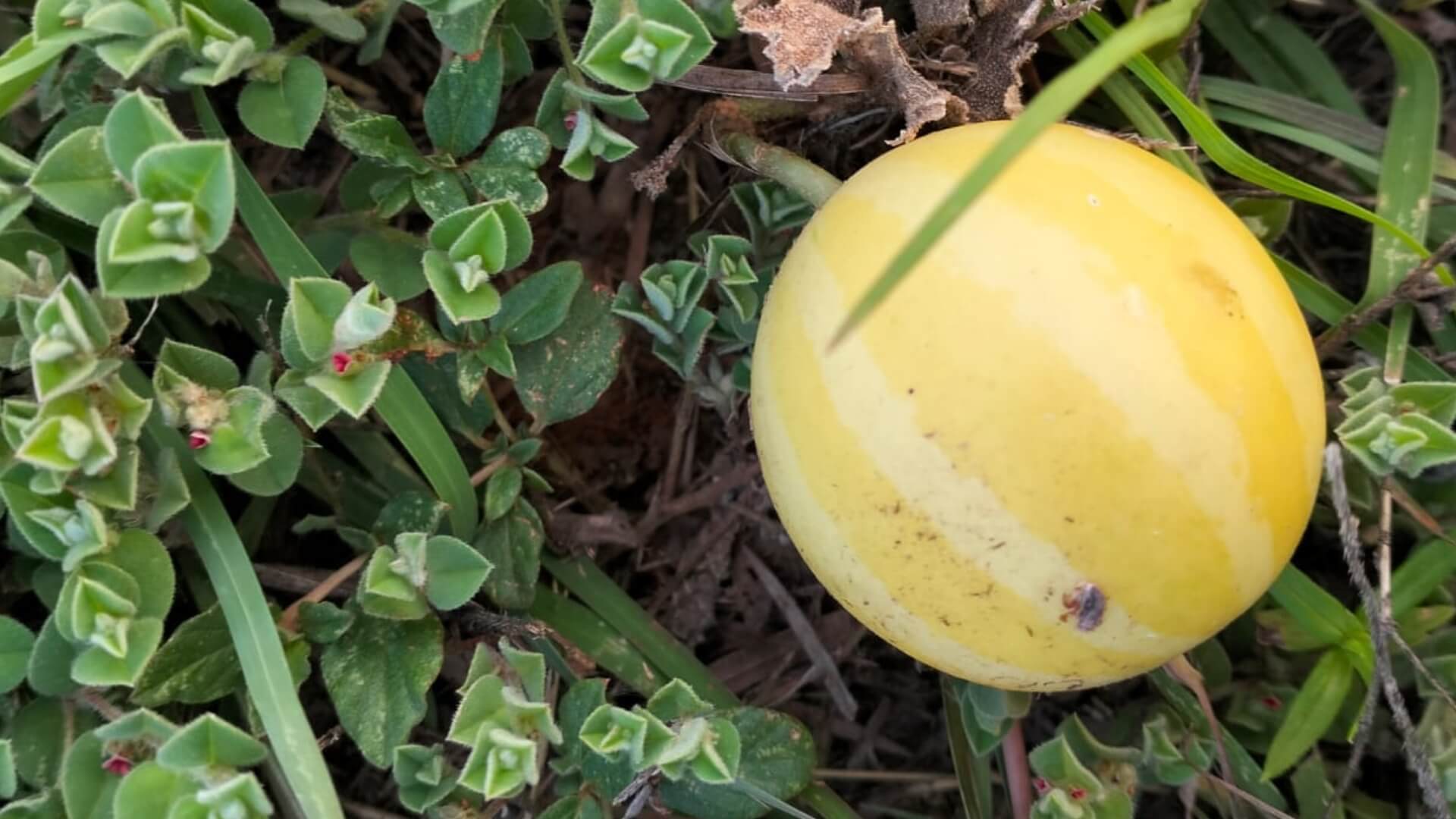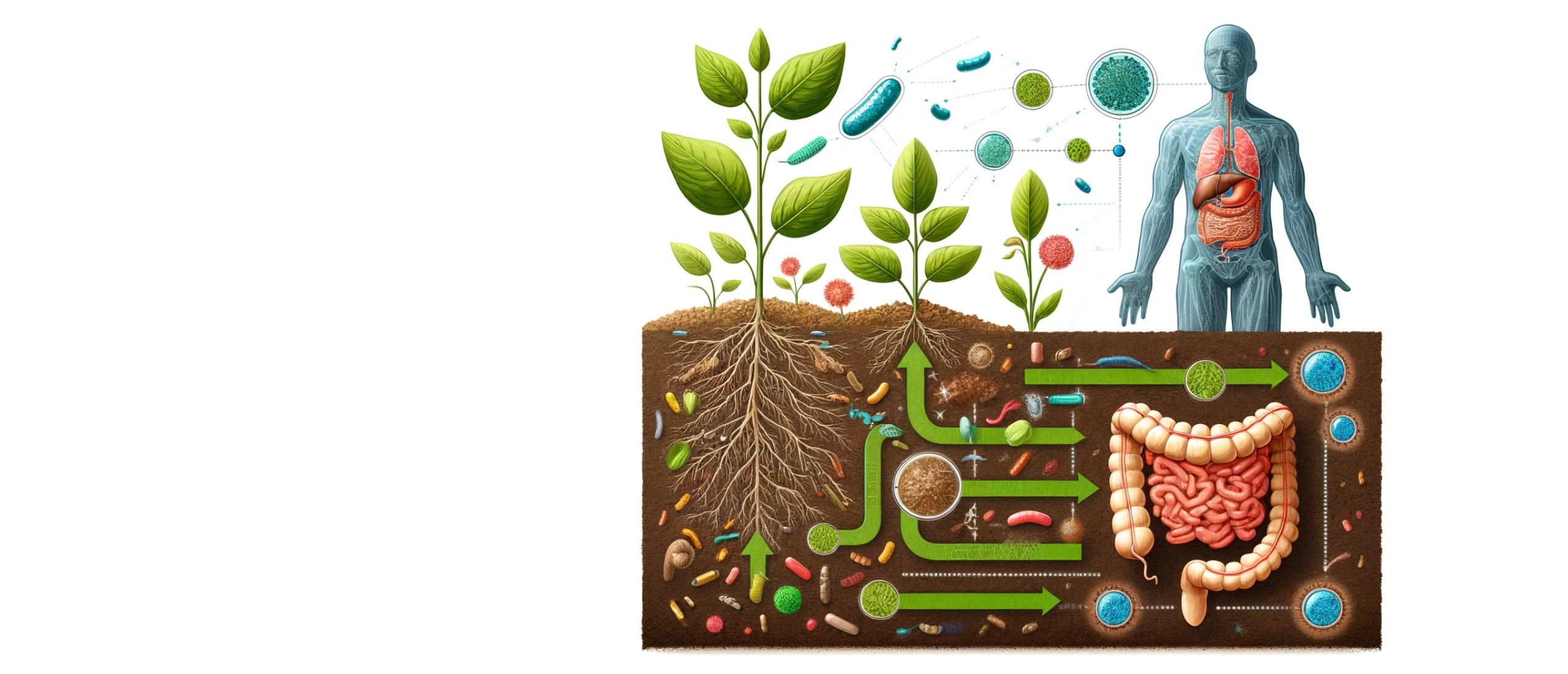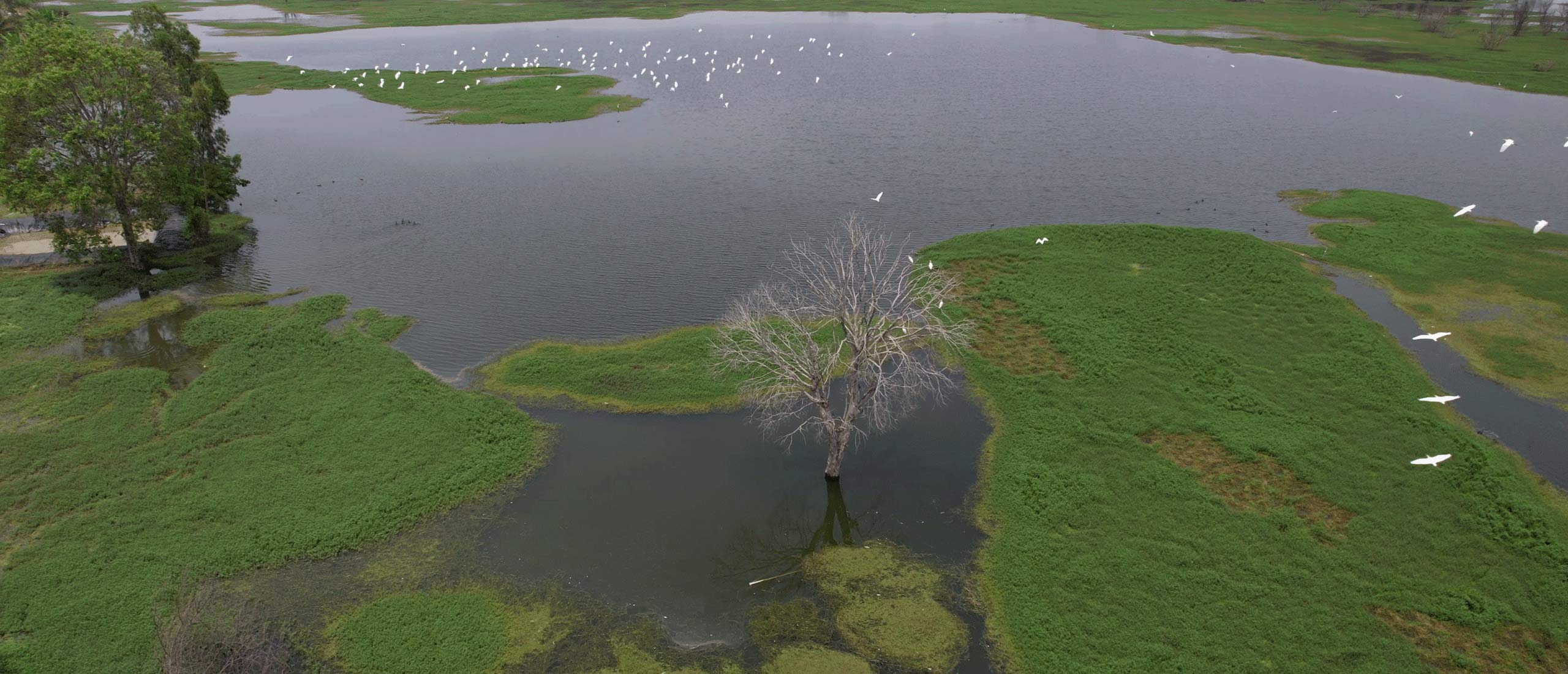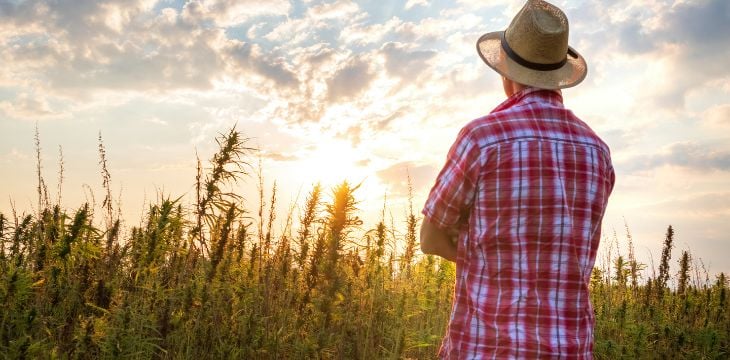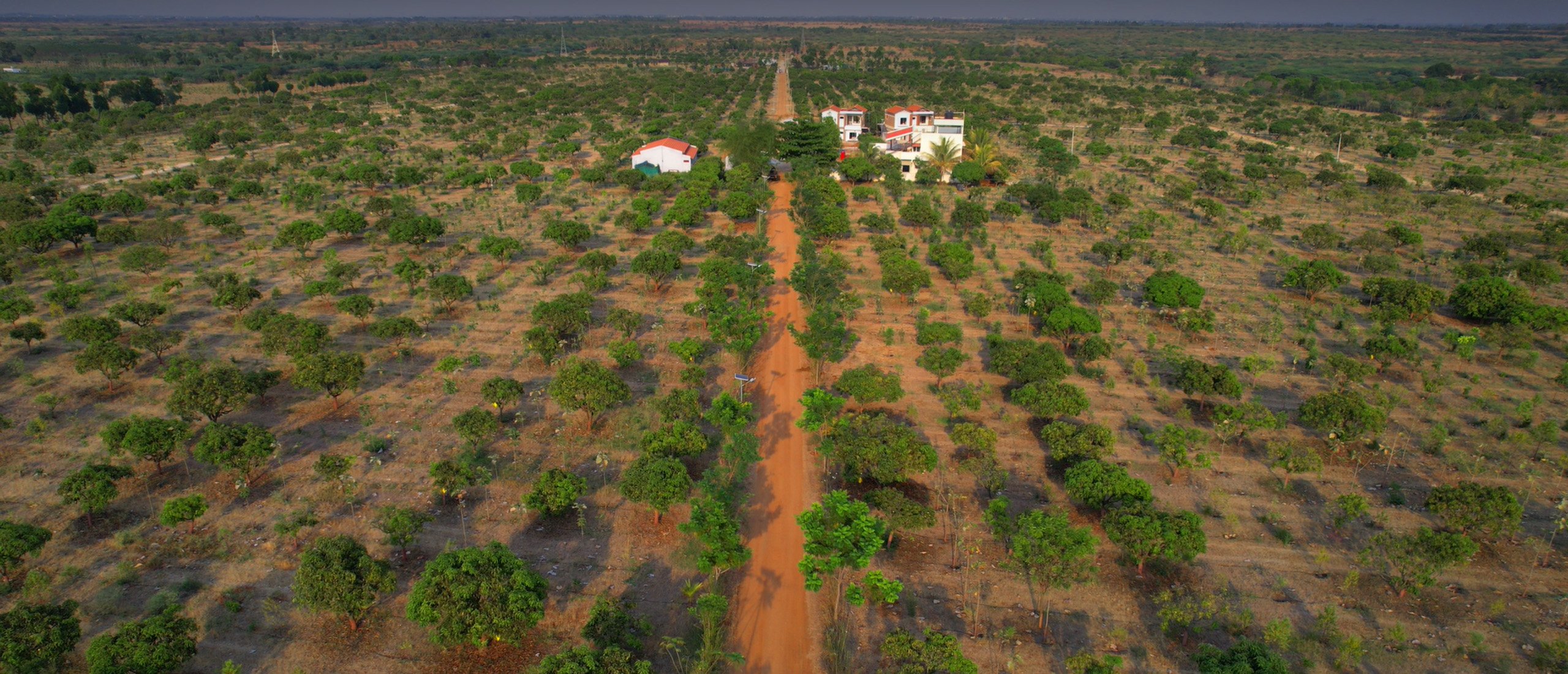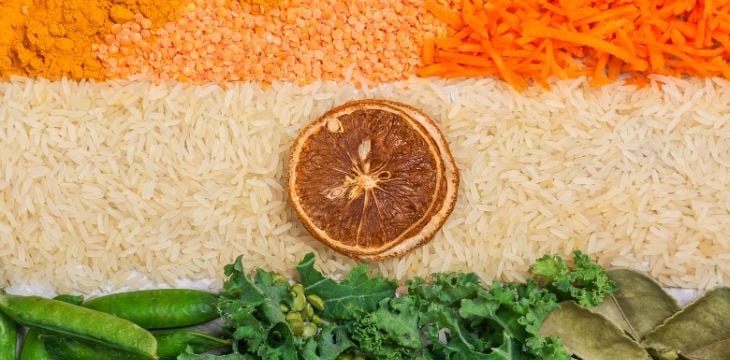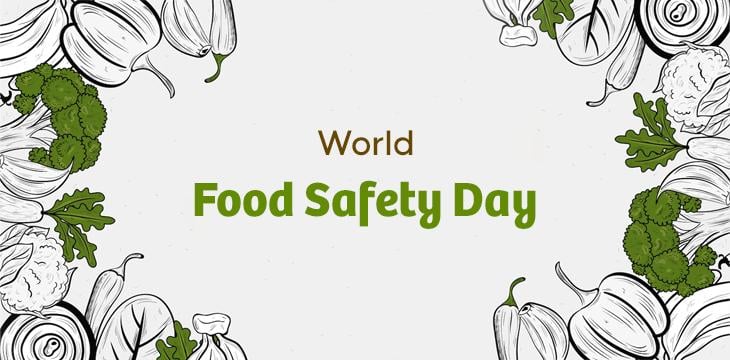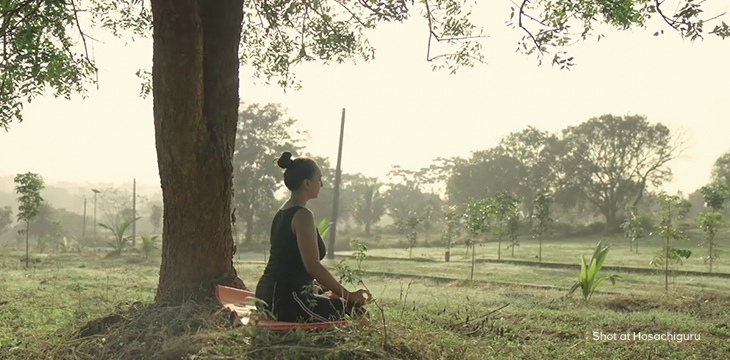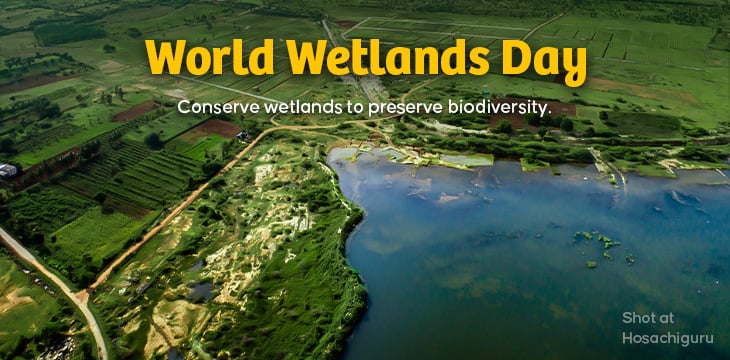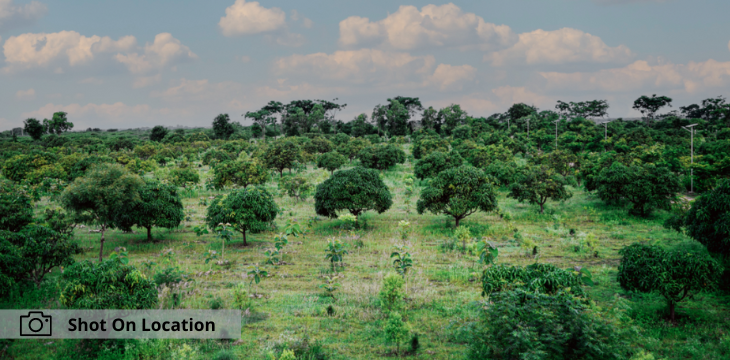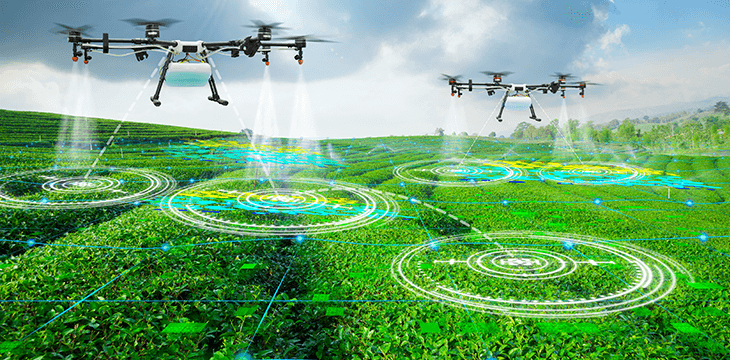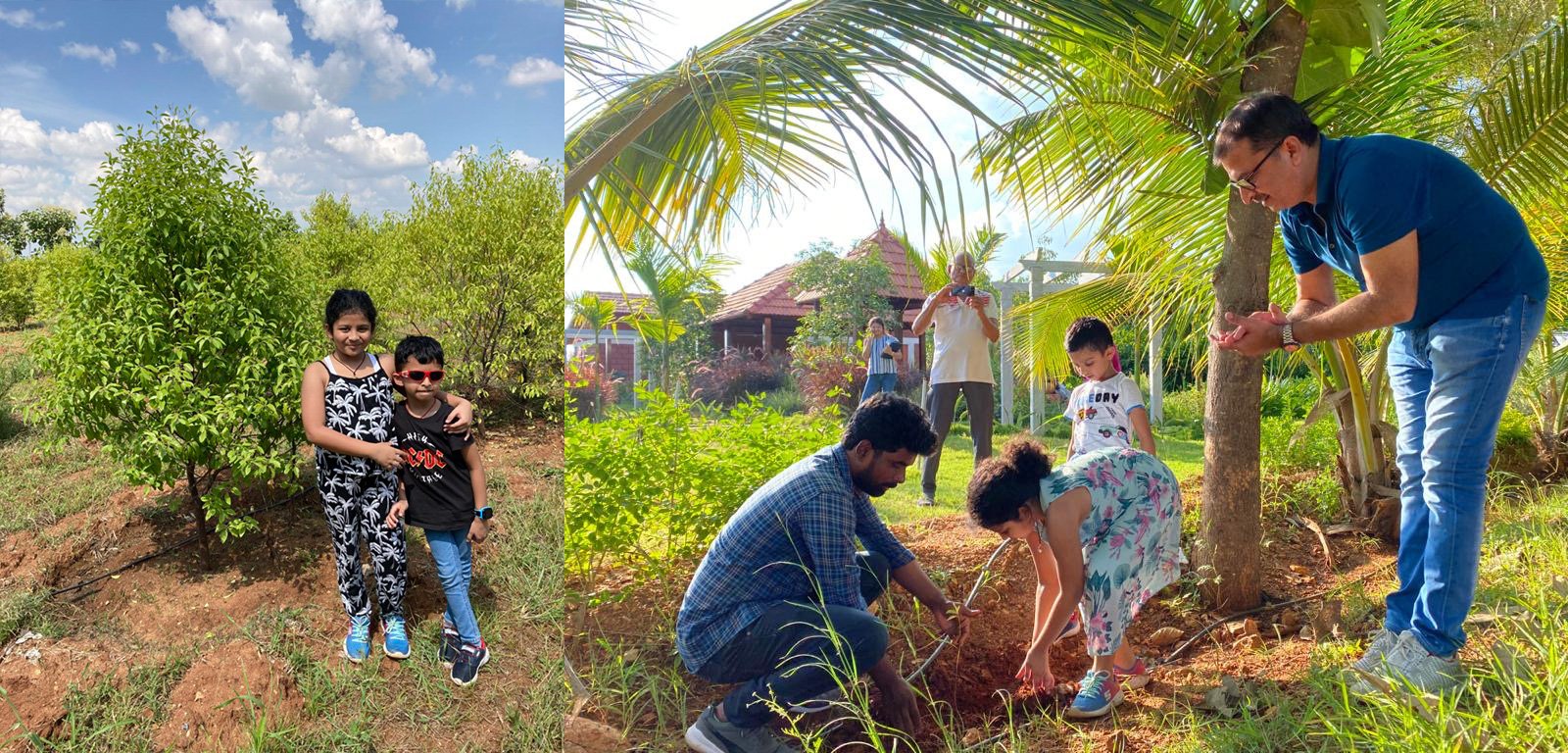October 25, 2023
Srinivas Abhilash
7 Minute Read
Introduction
In the world of farming, there are many methods, each with its own unique approach. Understanding them is like having a key to informed land management. With climate change on the horizon, agriculture faces a crucial moment. Often, terms like “sustainable farming” are tossed around without much depth. It’s like having a puzzle piece but not seeing the whole picture.
Sure, sustainable farming methods are a step in the right direction. They’re like stepping stones. But here’s the thing: They don’t fully tackle the challenges we face today. We need something more, something that actively heals the land and brings it back to life. It’s not just about maintaining; it’s about thriving, even in the face of a crisis.
So, what’s the difference between sustainable and regenerative agriculture? Think of sustainability as preserving what we have. It’s important, but it’s not enough. Regenerative farming, on the other hand, is like hitting the refresh button. It breathes life back into our ecosystems. Regenerative farmers aren’t just growers; they’re ecosystem caretakers. They understand the deep connection between healthy soil and a healthy planet.
Regenerative farming isn’t a complex theory. It’s a simple truth—the Earth’s health depends on its soil’s vitality. And embracing regenerative practices isn’t just a shift; it’s a positive leap toward a greener, healthier future. It’s about taking care of our home and feeling good about it. It’s not just farming; it’s a journey toward a better world, and we’re all in it together.
Sustainable Agriculture: A Step, Not the Destination
Sustainable farming was seen as a fix, but it has its limits. It helps, but it doesn’t fully heal the damage. It’s like trying to stay afloat but not moving forward. We need more than just maintenance; we need to actively revive our environment.
The Essence of Regenerative Agriculture
Understanding the bridge between sustainable and regenerative practices is vital. While sustainability preserves, regenerative agriculture goes further—it regenerates. It centers on the foundation of life: the soil, where unseen life flourishes. Regenerative farmers enable that by revitalizing the soil, life within and beneath it can thrive, creating a self-sustaining cycle.
Regenerative agriculture offers more than food; it fosters thriving ecosystems and fulfills our needs. It’s a partnership with nature, not just a human effort. The soil becomes a canvas for rejuvenation, bringing vitality and endless possibilities. It’s more than a practice; it’s a profound connection with the Earth. The key truth: healthy soil is essential for a thriving planet.
5 Principles of Regenerative Farming
- Don’t disturb the soil
- Soil supports a complex network of worm-holes, fungal hyphae, and a labyrinth of microscopic air pockets surrounded by aggregates of soil particles. Disturbing this, by ploughing heavy equipment with doses of synthetic or complex fertilizer or sprays will set the system back.
- Keep the soil surface covered
- The impact of raindrops, burning rays of the sun, or frost can all harm the top surface of the soil. A duvet of growing crops, or stubble residues, will protect it.
- Keep living roots in the soil
- In an arable rotation, there will be times when this is hard to do, but living roots in the soil are vital for feeding the life at the base of the soil food web; the bacteria and fungi that provide food for the protozoa, arthropods, and higher creatures further up the chain.
- They also keep mycorrhizal fungi alive and thriving, and these symbionts are vital for nourishing most plants and will thus provide a free fertilizing and watering service for crops.
- Grow a diverse range of crops
- Plant different kinds of crops together, just like in a meadow. Nature doesn’t have only one type of plant; it’s always diverse. Our soil creatures love having lots of different plants to live with. You can plant two crops at the same time, then separate them after harvesting—it works well!
- Also, you can grow crops that you don’t harvest but leave to protect and feed the soil. These plants also capture sunlight, which feeds the underground world. This is important, especially when the land would normally be empty without any plants.
- Prioritize Soil Health
- Emphasize nurturing soil health through organic practices, reducing reliance on synthetic inputs, and emphasizing relationships within ecosystems. Also, let animals graze on the land. Farmers can let the land rest for a year or more and then allow animals to graze on different types of grass in parts. This is good for the soil. When animals are moved around in a specific way, it makes the soil even healthier and sequesters more carbon.
Benefits of Regenerative Farming: Nurturing Soil Health and Harvests
Regenerative agriculture stands as a beacon of sustainable farming, placing soil health and habitat regeneration at its core. But why is this focus on nurturing soil through regenerative techniques so crucial? Let’s explore the vital reasons that make this approach indispensable.
- Optimal Soil pH:
- Soil pH, the measure of acidity or alkalinity, affects plant nutrient absorption. Regenerative farming, with its natural processes and diverse plant cover, maintains the ideal pH. This ensures fertile soil, providing a nurturing environment for crops to thrive.
- Detoxifying the Soil:
- Harmful remnants from conventional farming, like chemicals and salts, can render soil barren. Regenerative techniques bind these elements, preventing them from leaching into the soil. This detoxification process safeguards the soil, making it a sanctuary for life to flourish.
- Enhanced Nutrient Exchange:
- Regenerative farming enriches the soil’s Cation Exchange Capacity (CEC), enabling it to hold and exchange essential nutrients with plant roots. This continuous nutrient flow boosts crop yields and creates a self-sustaining ecosystem.
- Thriving Microbial Life:
- Beneath the surface lies a world of microorganisms—the unsung heroes of agriculture. Regenerative practices foster a biodiverse habitat for these microbes. From nitrogen-fixing bacteria to mycorrhizal fungi, these tiny organisms collaborate with plants, enhancing nutrient absorption and protecting against diseases.
- Water Management:
- Healthy soil acts as a sponge, absorbing and retaining water. This prevents erosion, mitigates floods, and provides a stable water supply to plants. Additionally, the soil’s natural filtration system purifies water, benefiting life beyond the fields.
- Nutrient-Rich, Resilient Plants:
- Nutrient-rich soil results in robust plants. Regenerative farming maximizes nutrient availability, fortifying plants against diseases. This natural resilience reduces the need for harmful pesticides, promoting both environmental health and consumer safety.
- Improved Soil Structure:
- Compacted soil restricts root growth and water absorption. Regenerative techniques, such as cover cropping and minimal tillage, enhance soil structure. Loose, well-aerated soil encourages deep root penetration, allowing efficient nutrient and water absorption by plants.
- Bountiful Harvests:
- Ultimately, regenerative farming leads to abundant harvests. By optimizing soil health, farmers experience increased crop productivity. This abundance not only sustains the world’s growing population but also strengthens local economies and food security.
Hosachiguru and Regenerative Agriculture
- No-Till Farming: We strictly adhere to No-Till practices across all our managed farmlands.
- Improving Soil Fertility: Cover crops are strategically planted on bunds to enhance soil fertility. Naturally occurring native grasses are cut and left as mulch.
- Groundcover Enhancement: Millets are cultivated to increase ground cover, providing excellent natural coverage. Biomass plants are intentionally grown on bunds to yield abundant green mulch, as we regularly chop and drop
- Biodiversity Implementation: Biodiversity is a fundamental principle in our new projects, rigorously integrated into the design. At older farms, diverse elements are swiftly being introduced as part of an accelerated implementation phase.
- Elimination of Synthetic Fertilizers: We uphold our holistic values by abstaining from the use of any synthetic fertilizers on our farms.
- Native Seed Selection: The careful selection of native seeds is a standard practice applied across all our farms, ensuring the preservation and promotion of local plant varieties.
Conclusion
Amidst the climate crisis, the choice between sustainable and regenerative agriculture is crystal clear. Regenerative farming isn’t just a shift; it’s our lifeline. By embracing natural cycles and nurturing soil, it heals our planet, offsets carbon, and breathes life into biodiversity.
This isn’t about merely sustaining; it’s about active healing. Through regenerative practices, our farms become vibrant ecosystems, teeming with life. It’s a chance to pull carbon from the air and bury it beneath our feet, fighting back against climate change in the most fundamental way.
As consumers, the power is in our hands. Choosing regenerative farming products isn’t just a choice; it’s a stand we take for our planet. It’s about fostering understanding and unity and advocating for policies that champion this transformative approach. It’s a call not just to action but to collective guardianship.
Regenerative agriculture isn’t just a solution; it’s our best hope. It’s time for us to nurture our earth back to health. Let’s act now.
